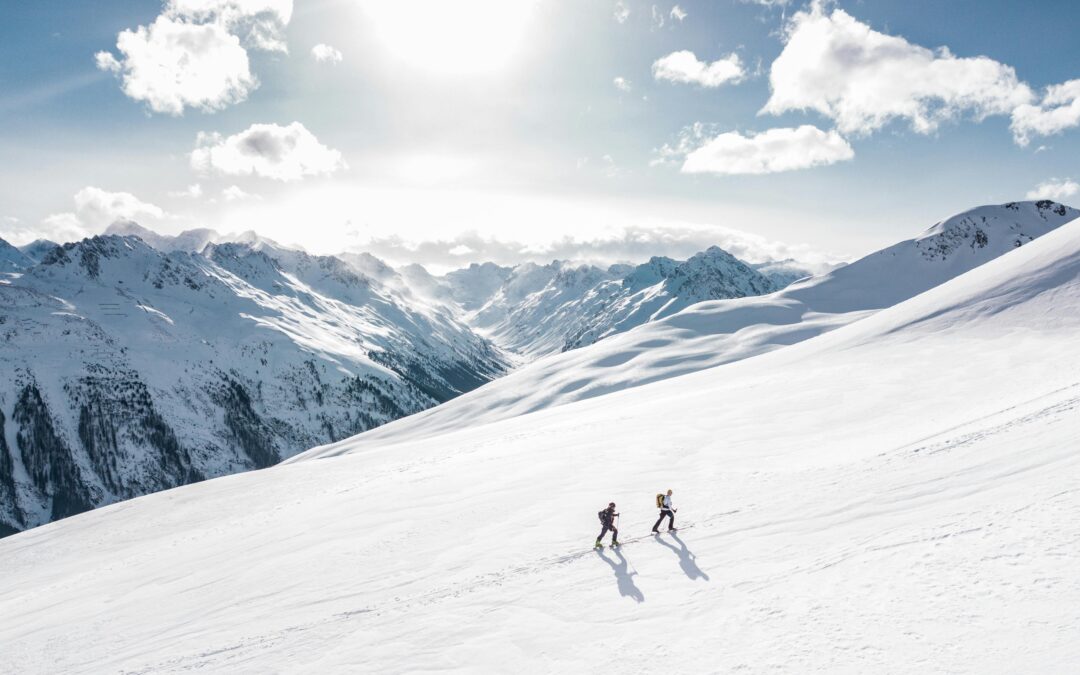TAKE THE POLL: CLICK HERE
Roughly 14,500 years ago, the Earth’s climate started to shift from a frozen landscape to the warmer weather we know today. But this journey to a fresh new world wasn’t easy, and we’re still dealing with the impacts today.
As our frozen world began to thaw, revealing new lands to our ancestors and drowning their now-forgotten coastlines, something strange happened. ” Partway through this transition, temperatures in the Northern Hemisphere suddenly returned to near-glacial conditions. This near-glacial period is called the Younger Dryas, named after a flower (Dryas octopetala) that grows in cold conditions and that became common in Europe during this time. The end of the Younger Dryas, about 11,500 years ago, was particularly abrupt. In Greenland, temperatures rose 10°C (18°F) in a decade,” writes the National Oceanic and Atmospheric Administration. (TAKE A POLL: What Is the Most Pressing Political Issue Facing Our Country Today?)
Sudden Climate Shocks Happen
Modern humans have only tracked weather around the world with comprehensive technologies for less than 100 years. When you couple these limited datasets with the fact we literally haven’t lived in enough of the places we currently live to know what the local weather and climate trends are, we’re setting ourselves up for a bit of a pickle.
When we live out of sync with the natural world, the world we depend on for food, water, and our other core survival needs, we risk our futures. But it feels like the only solutions being offered to our ever-changing relationship with the climate are those from big business. Instead of limiting our greed, we’re told to buy very expensive new electric cars that don’t work very well, according to WIRED. (TAKE A POLL: Do You Enjoy the Beach?)
What Caused Our Last Climate Shock?
“The transition from the last glacial period into the present interglacial (the Holocene). During this time, the North American, or Laurentide, ice sheet was rapidly melting and adding freshwater to the ocean. Scientists have hypothesized that, just prior to the Younger Dryas, meltwater fluxes were rerouted from the Mississippi River to the St. Lawrence River,” NOAA states. But some also hypothesize that this cooling ended as a result of a meteorite impact, according to Heritage Daily.
We may never know the truth about this last massive shift in global temperatures, but we do know that we need to care about our weather now. Even our day-to-day weather patterns are essential to survival, so who do you trust to take this seriously?
How Do You Feel?
Take a poll and let us know how you feel! Sign up for Poll2Action to turn your voice into change!

